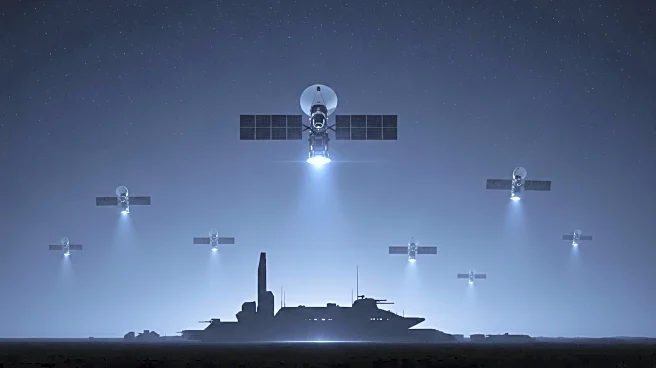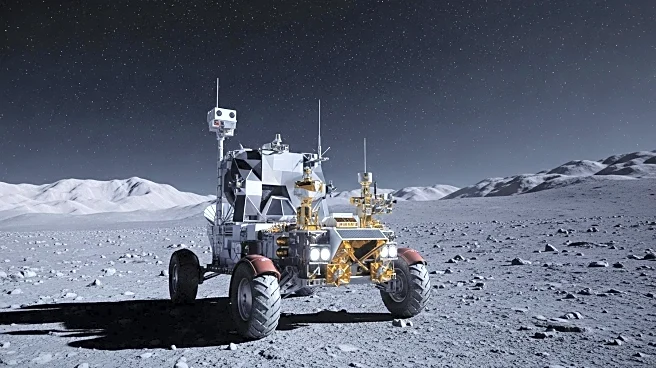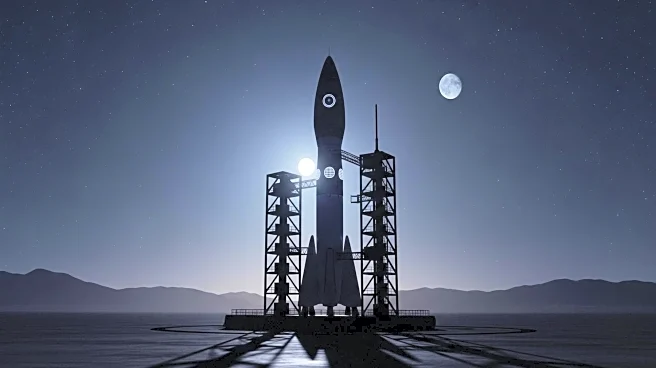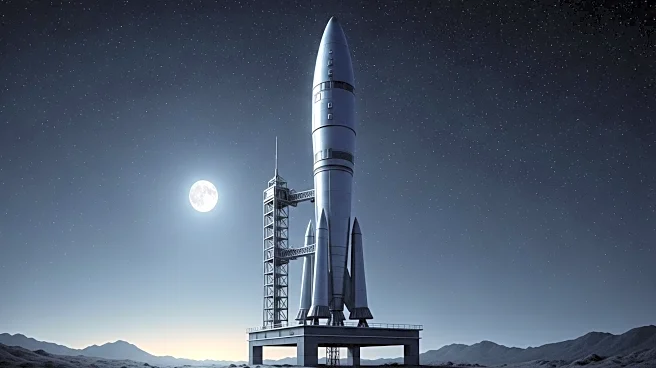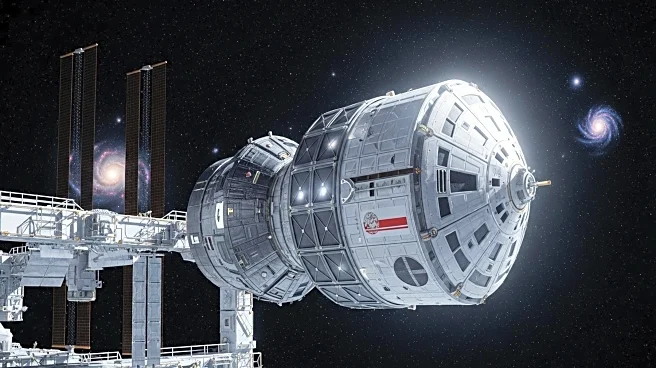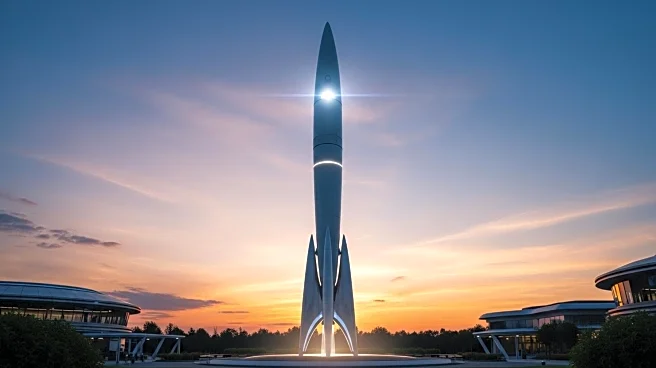What's Happening?
SpaceX's Starlink satellite constellation, which currently includes over 8,000 satellites, has been expanding with plans to reach nearly 30,000 satellites pending regulatory approval. Recently, a Starlink satellite was captured in a satellite image taken by Maxar Intelligence during routine Earth observation operations. The image, taken by Maxar's WorldView Legion satellite, showed a Starlink satellite leaving a rainbow-colored trail as it passed over the Dingxin Airbase in China. This occurrence highlights the crowded space domain where commercial broadband, Earth intelligence, and national security missions coexist. Concerns have been raised by researchers in China about the potential military and spying threat posed by the Starlink constellation.
Why It's Important?
The expansion of SpaceX's Starlink constellation has significant implications for various stakeholders. For astronomers, the increasing number of satellites poses challenges as they can interfere with astronomical observations, leading to 'photo-bombing' incidents. Additionally, the presence of Starlink satellites over sensitive areas like military bases raises security concerns, particularly in countries like China. The growth of the constellation also impacts the space industry, as it necessitates enhanced space domain awareness to prevent collisions and ensure mission success. The expansion aims to improve global internet coverage and speeds, which could benefit remote and underserved areas.
What's Next?
SpaceX plans to continue expanding its Starlink constellation, pending regulatory approval, to enhance global internet coverage. The company coordinates with other satellite providers to avoid potential collisions and publishes satellite position data to maintain space domain awareness. As the constellation grows, stakeholders in the astronomy and security sectors may seek further collaboration with SpaceX to mitigate the impact on observations and address security concerns. The development of integrated space domain awareness systems will be crucial to managing the increasingly crowded orbital environment.
